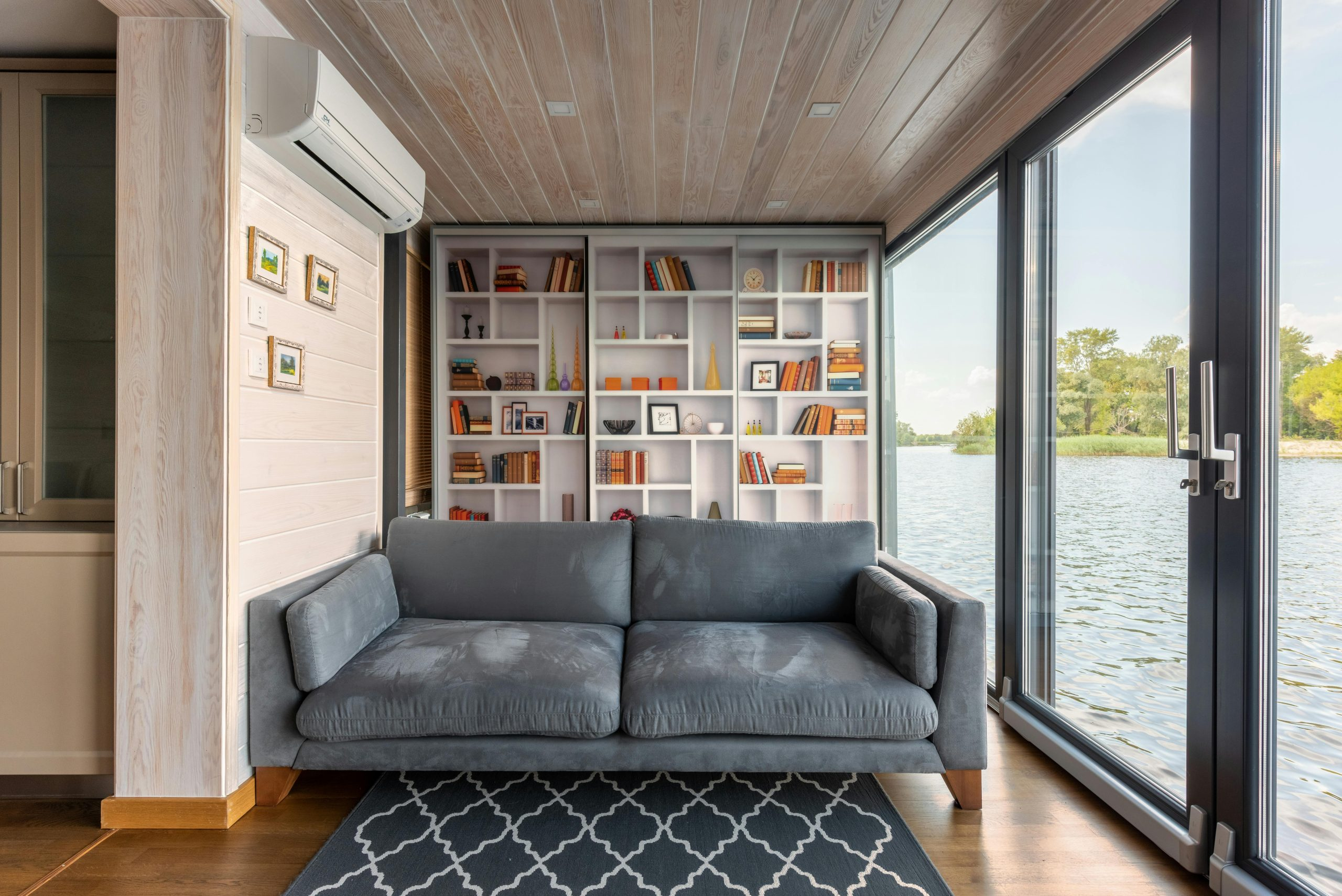Water Conservation Technologies in Modern Home Design
In today’s world, where climate change and environmental sustainability are major concerns, incorporating water conservation technologies into modern home design is essential. As the demand for water continues to increase, it is crucial for homeowners to be aware of the latest water conservation techniques and technologies to help reduce their water consumption. In this article, we will explore the different water conservation technologies that can be incorporated into modern home design to not only help conserve water but also save money on water bills in the long run.
Understanding Water Scarcity and the Need for Conservation
Water is a precious resource that is often taken for granted. It covers about 70% of the earth’s surface, but only 2.5% of it is freshwater, and most of it is inaccessible in the form of glaciers and polar ice caps. With a growing global population and increasing water pollution, water scarcity has become a pressing issue.
In many parts of the world, access to clean water is limited, and in some areas, people have to walk miles just to get clean drinking water. Even in developed countries where water is readily available, the demand for water continues to rise, and this is putting a strain on freshwater resources. This is why water conservation has become a crucial aspect of modern home design.
Water Conservation Technologies for Modern Homes
1. Low-flow fixtures and appliances
One of the easiest ways to save water in a modern home is by installing low-flow fixtures and appliances. These include low-flow toilets, showerheads, and faucets, which are designed to use less water without compromising functionality. For example, a standard showerhead can use up to 2.5 gallons of water per minute, while a low-flow showerhead can reduce water consumption to only 1.5 gallons per minute. This simple switch can save thousands of gallons of water per year.
2. Rainwater harvesting system
Another water conservation technology that can be incorporated into modern home design is a rainwater harvesting system. This system collects and stores rainwater from the roof of a house, which can then be used for various purposes such as watering plants, washing cars, and flushing toilets. Not only does this reduce the demand for freshwater, but it also helps to prevent stormwater runoff, which can lead to water pollution.
3. Greywater recycling system
A greywater recycling system is another innovative technology that can help save water in modern homes. It collects water from sources such as sinks, showers, and washing machines and treats it for reuse in non-potable applications such as toilet flushing and irrigation. This reduces the demand for freshwater and can save a significant amount of water in a household.
4. Smart irrigation systems
In many homes, a large amount of water is wasted on outdoor irrigation. This is where smart irrigation systems come in handy. These systems use sensors and weather data to adjust the amount of water used for irrigation. They also have the ability to detect leaks and malfunctions in the irrigation system, which can save water and prevent water wastage.
Benefits of Incorporating Water Conservation Technologies
The benefits of incorporating water conservation technologies into modern home design go beyond just saving water. It can also save homeowners money on their water bills in the long run. In addition, these technologies can also help to reduce the energy consumption of a household, as most of the energy used in the water supply process comes from pumping and treating water.
Furthermore, using less water means less strain on water resources, which helps to protect the environment. It also reduces the carbon footprint of a household, contributing to a greener and more sustainable future.
Final Thoughts
Incorporating water conservation technologies into modern home design is not only a responsible and sustainable choice but also a smart financial decision. With the increasing demand for water and the rising costs of water bills, it is crucial to implement these technologies to not only reduce water consumption but also save money in the long run. So whether you are building a new home or looking to make changes to your current one, considering these water conservation technologies should be a top priority.
Remember, we only have one planet, and it is up to us to take care of it for future generations. By making small changes in our homes, we can contribute towards a more sustainable and water-efficient world.





